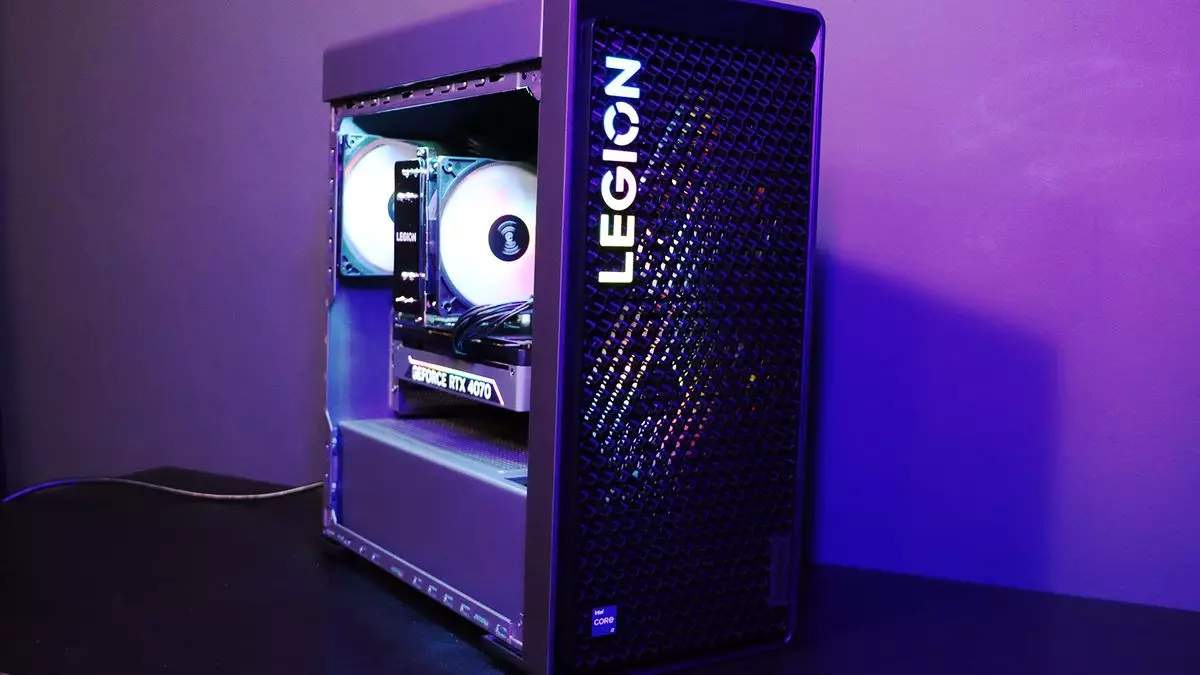October Prime Day, often referred to as the second installment of Amazon Prime Day or simply a prelude to Black Friday, has taken the retail world by storm this year. Unconventional as it may seem, the shopping event delivered substantial deals that even the most cynical shoppers couldn’t overlook. The discourse around the sales event often pivots on the juxtaposition of genuine discounts against price hikes, yet amidst some inflated figures, this year’s offerings undoubtedly boasted commendable bargains.
Tech enthusiasts flocked to the event, and it was hard not to notice several standout deals. Consider the RTX 4070 Super gaming PC priced at just $1,100, or the remarkable Lenovo Legion Go handheld console at $550. Gamers also saw significant discounts on peripherals, such as the Razer DeathAdder V3 Pro, which hit an all-time low price of $110. Additionally, the Samsung T9 external SSD offered impressive value at less than $0.06 per GB. While the official sales period may have concluded, lingering deals still tempt consumers to seize their chance.
What fuels such competitive pricing during this shopping spree? Unpacking the nature of the current hardware landscape reveals a keen insight: we’re at a pivotal moment in the tech cycle. As we approach the culmination of a hardware generation, the anticipation of next-gen hardware looms large, influencing pricing structures across the board.
This October’s sales offered more than just fleeting bargains; they presented a strategic opportunity for manufacturers and retailers alike. With AMD’s RDNA 4 GPUs and next-gen Intel CPUs on the horizon, retailers are responding proactively to offload existing inventory. If past experience serves, consumers are likely to hold off purchasing current-generation systems when next-generation products arrive in the coming months.
Manufacturers know the clock is ticking. Graphics cards, being pivotal for gaming performance, have the potential to sway consumer decisions in upcoming months. They realize that hanging onto stock of RTX 40-series and RX 7000-series systems risks oversaturation in a market soon to be flooded with newer, faster, and more efficient technologies.
Peripherals and More: Price Drops Across the Board
The trend isn’t confined solely to computers and graphics cards; peripherals also witnessed notable price reductions. Historically, when consumers invest in a new gaming rig, they’re likely to consider upgrading accessories as well, creating a parallel demand. This year’s discounts on input devices, monitors, and other components align with the motivation to clear older inventory, broadening the appeal of the shopping event.
Consider the competitive landscape: consumers are undoubtedly more discerning in 2023 than they have been in previous years. Social media and online forums play an instrumental role in spreading awareness and fostering discussions about price trends. The tech-savvy populace often engages in deep dives into pricing histories, heightening the expectation for authentic reductions. With this in mind, the strategic timing of sales becomes crucial, propelling interested buyers to act swiftly before deals vanish.
As we move closer to the next major shopping holiday — Black Friday — the excitement is palpable. Given the precedent set by October Prime Day, there is reason for optimism regarding potential savings. If the October event resembled a ‘lite’ version of Black Friday, the upcoming event might ramp up the intensity and allure even further.
However, cautious optimism is warranted. Potential buyers should remain vigilant, recognizing that while incredible deals may surface, competition from next-gen systems will influence decisions. For anyone eyeing high-end setups, delaying a purchase may prove prudent, given the imminent arrival of more advanced technology.
For those exploring budget-friendly options, the current climate suggests that buying now can yield substantial benefits, especially if anticipated deals on Black Friday materialize. The excitement of snagging lower-priced goods might outweigh the potential risks associated with newer options entering the marketplace soon after.
This year’s October Prime Day encapsulated both the excitement of retail evangelism and the strategic underpinnings of technology evolution. As companies eagerly push to clear out inventory while consumers eagerly hunt for compelling offers, the interplay between supply and demand sets the stage for future sales events. With anticipated bargains on the horizon, this is an opportune moment for savvy shoppers to navigate the waters of technology retail—strategically capitalizing on current offerings while keeping an eye on the forthcoming innovations. The path to substantial savings awaits, but careful consideration remains key to making the most informed purchase decisions as the holiday season beckons.

